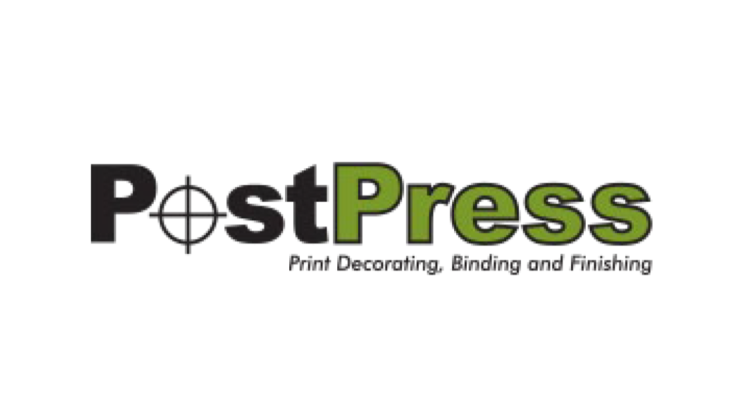
PIA Names InterTech Technology Award Recipients
PostPress
Printing Industries of America, Pittsburg, Pennsylvania, recently named the six recipients of the 2016 InterTech™ Technology Award. An independent panel of judges deliberated over technology nominations which showcased the dynamic and innovative nature of the industry. The judges singled out the following technologies as meeting the award criteria of being truly innovative and expected to have a major impact on the graphic communications industry.
Omnifire 250
Heidelberg
The Omnifire 250 personalizes and decorates a wide variety of 3D objects up to 11.8″ in diameter using UV inkjet printing in an automated robotic process. It pretreats the object, prints up to five colors and can apply a protective coating. Unlike traditional industrial solutions, it can quickly and conveniently print one item like a soccer ball and then switch in seconds to a different-shaped item, such as a wine bottle. The InterTech judges singled out the Omnifire 250 as a breakthrough technology that will lead to a myriad of new applications and business opportunities.
Heidelberg Stahlfolder TH 82-P: Streamfeeding in all Stations
Heidelberg
The judges were won over by the engineering ingenuity and productivity gain of the Stahlfolder TH 82-P. The hallmark innovation is that it can run in streamfeeding mode so that sheets or signatures are overlapped up to half their length as they enter each folding station, enabling a 50 percent higher throughput at the same linear speed. While one piece is exiting a fold plate, the next one is already arriving. This approach means that the folder can produce at the speed of a sheet-fed offset press while maintaining the same fold quality achieved in single sheet operation.
Highcon Beam with 3D Modeling
Highcon Systems Ltd.
The combination of Highcon Beam’s digital cutting and creasing capability and the optional 3D Modeling module lets users pursue opportunities in 3D production. The workflow converts 3D models into separate layers according to a paper’s thickness that are then laser cut on the Highcon Beam. Compared to other technologies with expensive material costs, Highcon’s machine builds large scale masters and molds for a fraction of the cost, and in minutes rather than days. One judge commented, This is an intriguing application that lets printing companies get involved in 3D with paper, a substrate theyre undoubtedly more comfortable with.
Imp
InSoft Automation
Imp software is a versatile and stand-alone tool for planning and creating print-ready layouts. The level of automation is impressive, but the standout feature is the ability to optimize layouts across a variety of job types (from packaging and labels to magazines) and print processes (offset, digital and wide format). Moreover, rectangular flat jobs and diecut jobs can be ganged separately or together. The softwares modularity makes it particularly cost-effective, letting users add modules as their business expands. Imps ability to locate dies in inventory that can be reused for a new layout also got the judges attention.
Xerox® Color 800i/1000i Press Metallic Dry Inks
Xerox Corporation
Engineering dry toner with reflective pigments was difficult enough, but Xerox also figured out how to apply it to achieve a high-sheen gold and silver. Using a fifth housing station on its Color 800i/1000i Press, the metallic dry inks provide a high-impact dimension that opens the door for new revenues or savings by migrating lucrative foil stamping or metallic ink offset applications to personalized and print-on-demand jobs. Said one judge about the ability to apply silver and gold via dry toner, This is a game changer; I wish I had this capability on the machines I currently run.
Xerox® Versant® 2100 Press with Ultra HD Resolution
Xerox Corporation
Ultra HD Resolution lets companies produce jobs at a resolution of 1,200×1,200 dots per inch on the Xerox Versant 2100 press, a quadruple increase in resolution from other presses. The judges noted that with the resolution increase theres no longer a reason to avoid the elements that used to be a problem for digital printgradients, thin fonts and vector graphics. The key to the innovation is the ability for the Versant to resolve color to a depth of 10 bits (versus 8 bits) throughout the imaging chain, from the EFI print server to the print engine and Versant components. The InterTech stars, recognized as a symbol of technological innovation and excellence, will be presented before an audience of industry leaders during the 2016 Printing Industries of America Premier Print Awards and InterTech Technology Awards Gala, September 25 in Orlando, Florida.
A technology review booklet showcasing all of the years entries will be distributed at GRAPH EXPO 16 and with the August/September issue of Printing Industries of AmericaThe Magazine.
For more information about the InterTech Technology Awards, contact Jim Workman, vice president, Center for Technology and Research, Printing Industries of America, at 412-259-1710, intertech@printing.org, or visit www.printing.org/InterTech.

